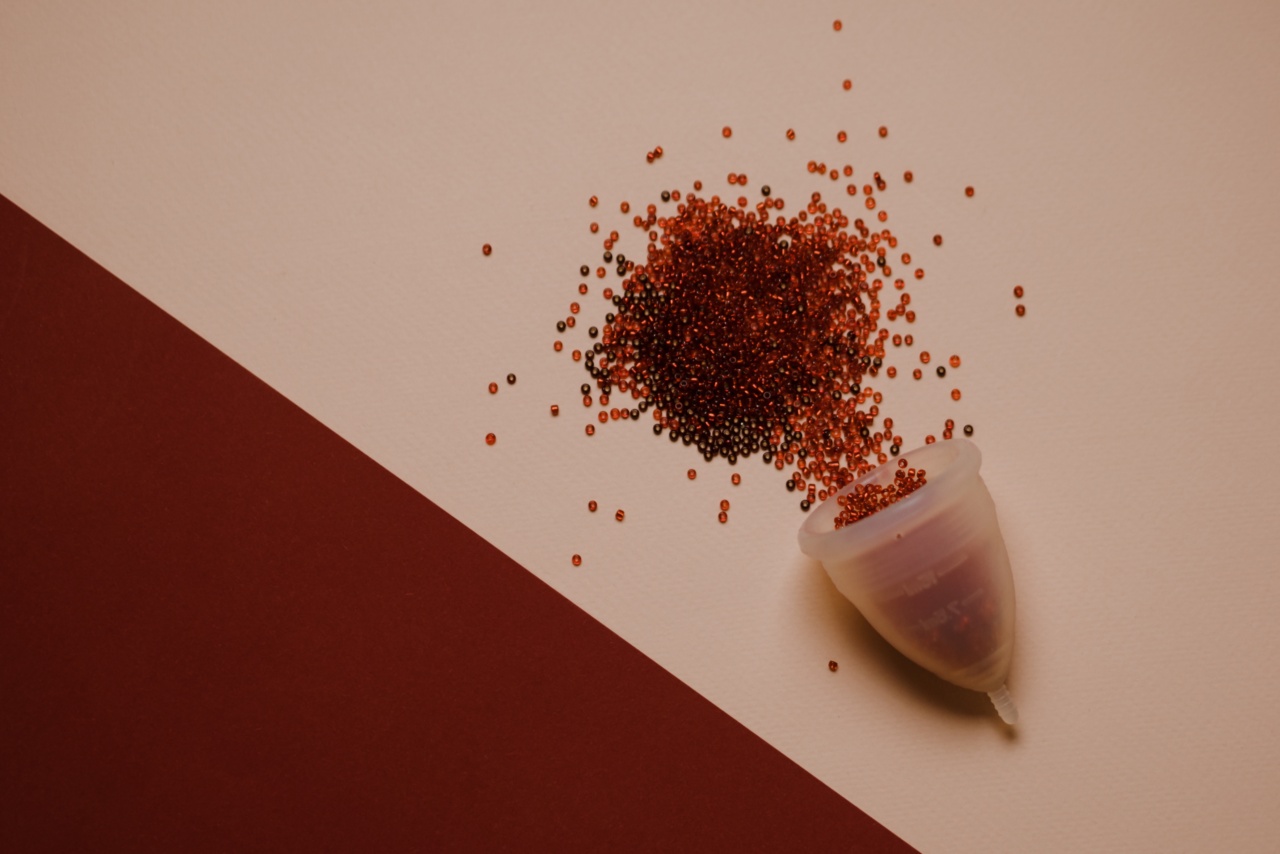Vaginal fibrillation, also known as female genital tremors, is a condition that is not well-known in the medical world. It is characterized by a rhythmic contraction in the vaginal walls, similar to muscle spasms.
These contractions can last from a few seconds to several minutes, and they can be strong enough to feel by a partner during intercourse.
While the cause of vaginal fibrillation is not yet fully understood, there is some evidence that links it to high blood pressure. In this article, we will explore the relationship between vaginal fibrillation and blood pressure.
What is Blood Pressure?
Before we can discuss the link between vaginal fibrillation and blood pressure, it is important to understand the basics of blood pressure. Blood pressure is the force of blood pushing against the walls of the blood vessels.
Blood pressure is recorded as two numbers, systolic blood pressure, and diastolic blood pressure. The systolic blood pressure is the pressure in the arteries when the heart beats, and the diastolic blood pressure is the pressure in the arteries when the heart is at rest.
A normal blood pressure reading is 120/80 mmHg, with a systolic blood pressure of 120 mmHg and a diastolic blood pressure of 80 mmHg.
High blood pressure, also known as hypertension, is defined as a systolic blood pressure of 130 or higher and a diastolic blood pressure of 80 or higher.
Vaginal Fibrillation
The cause of vaginal fibrillation is still not completely clear. Still, there is evidence that suggests that high blood pressure may play a role in its development.
A study published in the International Journal of Women’s Health found that women with chronic hypertension were more likely to experience vaginal fibrillation than those without high blood pressure.
High blood pressure can damage blood vessels throughout the body, including those in the vagina. When the blood vessels in the vaginal walls are damaged, they can become less elastic and lose their ability to relax and contract properly.
This can lead to abnormal contractions and cause vaginal fibrillation.
The Link Between High Blood Pressure and Sexual Dysfunction
Sexual dysfunction is a common problem for women with high blood pressure. While the most obvious concern is vaginal fibrillation, high blood pressure can also cause a decrease in sexual desire and arousal, and pain during intercourse.
The relationship between high blood pressure and sexual dysfunction is complex, but several factors may contribute to the development of sexual problems in women with hypertension.
One possible explanation is that high blood pressure can cause damage to the nerves that control sexual function. The damage can lead to a decrease in sensitivity and arousal.
Additionally, high blood pressure can cause damage to the blood vessels that supply the genital area. This can result in a decrease in blood flow, leading to decreased arousal and physical discomfort during intercourse.
Preventing Vaginal Fibrillation
Vaginal fibrillation is a condition that can be debilitating for women. While the cause is not fully understood, there are ways to reduce the risk of developing this condition.
Adopting a healthy lifestyle can reduce the risk of high blood pressure and the damage it can cause to the blood vessels and nerves in the genital area.
Here are some tips for reducing the risk of vaginal fibrillation:.
- Eat a healthy diet that is rich in fruits, vegetables, whole grains, and lean proteins
- Exercise regularly to improve cardiovascular health and reduce the risk of high blood pressure
- Avoid smoking and excessive alcohol consumption
- Manage stress levels through relaxation techniques or therapy
- Take blood pressure medication as prescribed by a doctor to manage hypertension
Conclusion
While the cause of vaginal fibrillation is not yet fully understood, there is some evidence that suggests a link between this condition and high blood pressure.
High blood pressure can damage the blood vessels and nerves in the genital area, leading to a decrease in arousal, pain during intercourse, and vaginal fibrillation. Adopting a healthy lifestyle, managing stress, and taking blood pressure medication can reduce the risk of developing this condition.





























